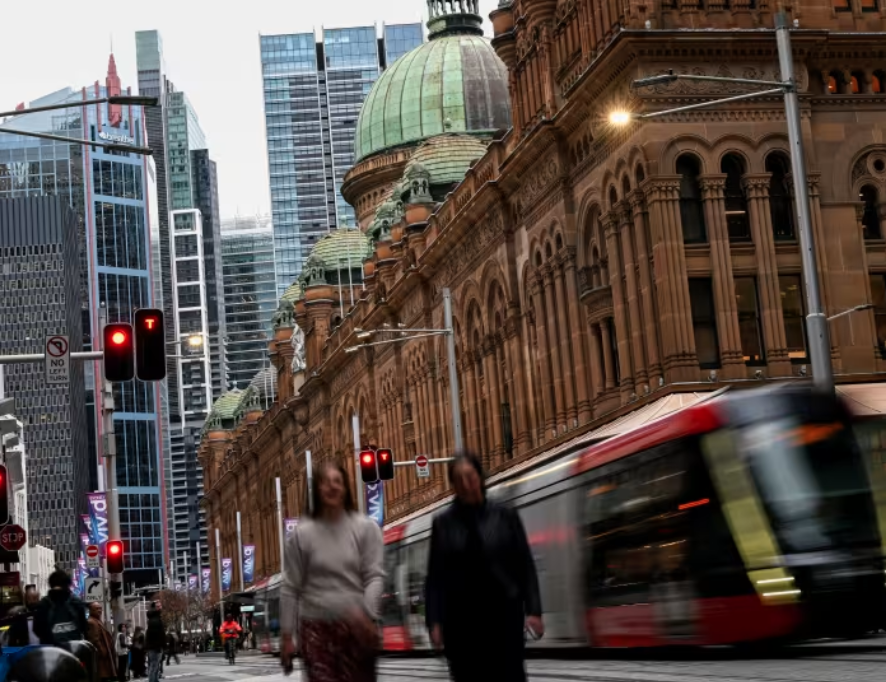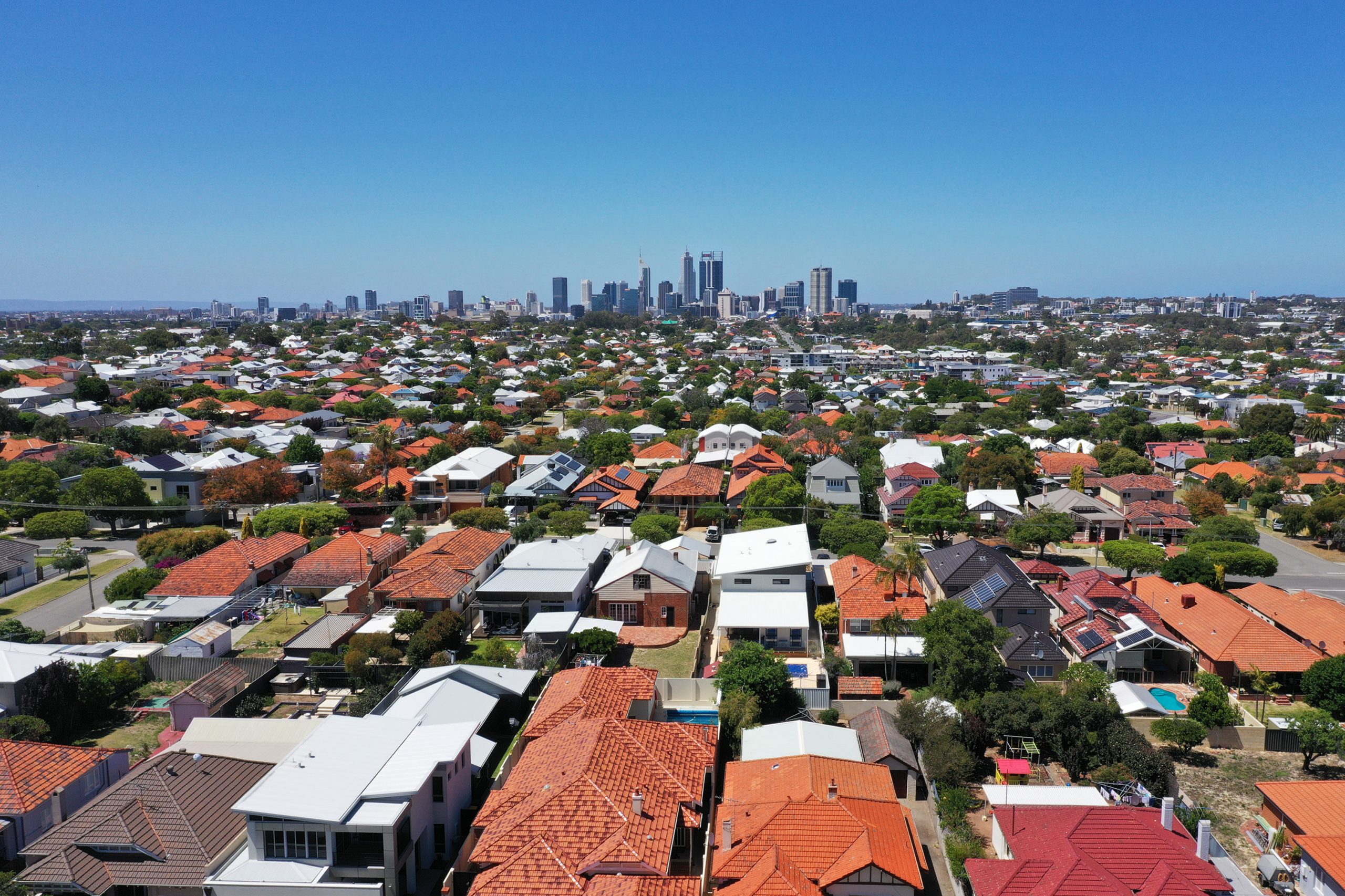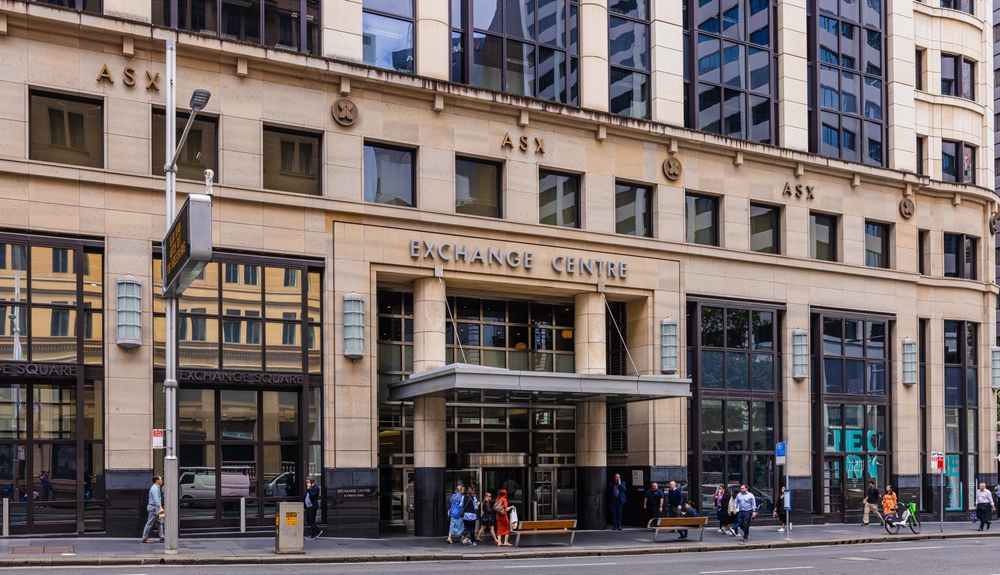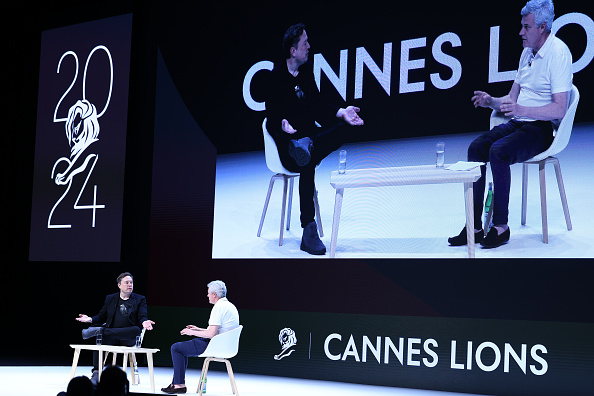The Latest EVs Are Taking to the Water
The electric boat market, until now confined to specialty builders, is going mainstream. Just as some central cities in Europe and the U.S. are being closed to internal-combustion cars, so are some lakes and rivers requiring electric power—both for the quiet and the absence of pollution.
At the Consumer Electronics Show in January, Brunswick Corp.’s Mercury Marine division introduced the Avator 7.5e electric outboard motor (US$3,250) for small boats, with 750 watts of power—the equivalent of a conventional 3.5-horsepower unit. Brunswick’s 13-foot Veer X13 boat (US$11,995) will pair with the 7.5e.

Mercury Marine photo
And at a New York boat show event Sept. 19 at Chelsea Piers, on Manhattan’s far West Side, the company showed off two larger variations, the 20e (US$8,792) and 35e (US$9,192), with 2,200 and 3,700 watts of power, respectively. The larger of the two offers the power equivalent of a 10-horsepower Mercury outboard.
“Electrification is going to be an important part of the future for marine,” says Dave Foulkes, CEO of Brunswick. “But I think we’ll need a portfolio of solutions, including alternative fuels. E-fuel (gasoline made from sustainably produced hydrogen and captured carbon dioxide) is certainly fascinating.”
Mercury Marine has so far sold 2,000 of its 7.5e electric outboards internationally, Foulkes says. “The 7.5e has only been on the market since April, so we think that volume is high in the marine space. We’re seeing lots of interest at regulated lakes in Europe and other locations.”
The motors are connected to the company’s lithium-ion batteries, made by the Mastervolt division. The 7.5e comes with a basic one-kilowatt-hour battery pack. On the 20e, which has a larger 2.3-kilowatt-hour pack, up to four units can be put together for a half-day of cruising. The 35e comes with a 5.4-kilowatt-hour battery.
Perissa Bailey, vice president and general manager at Mercury Marine, says that Austria, Sweden, and the Netherlands are three countries with major buy-in for the electric outboards. The interest in the U.S. is growing a bit more slowly. “But a segment of the population is looking for more sustainable solutions, and they’re going electric in other parts of their lives,” Bailey says. “Rather than have those early adopters leave our brand we’re coming up with alternatives for them.” Bailey says that two new Avator products will be announced shortly, and that there’s interest in higher-horsepower electric marine motors.
Brunswick is also offering a Navico Fathom e-power battery pack that can replace the polluting generators on larger boats and, through a recent acquisition, the Fliteboard electrically powered eFoil surfboard. The US$13,195 Ultra L model, with a 14-pound lithium battery, can fly above the water at speeds of up to 28 miles per hour. There is 45 minutes of cruising and a one-hour recharge time.
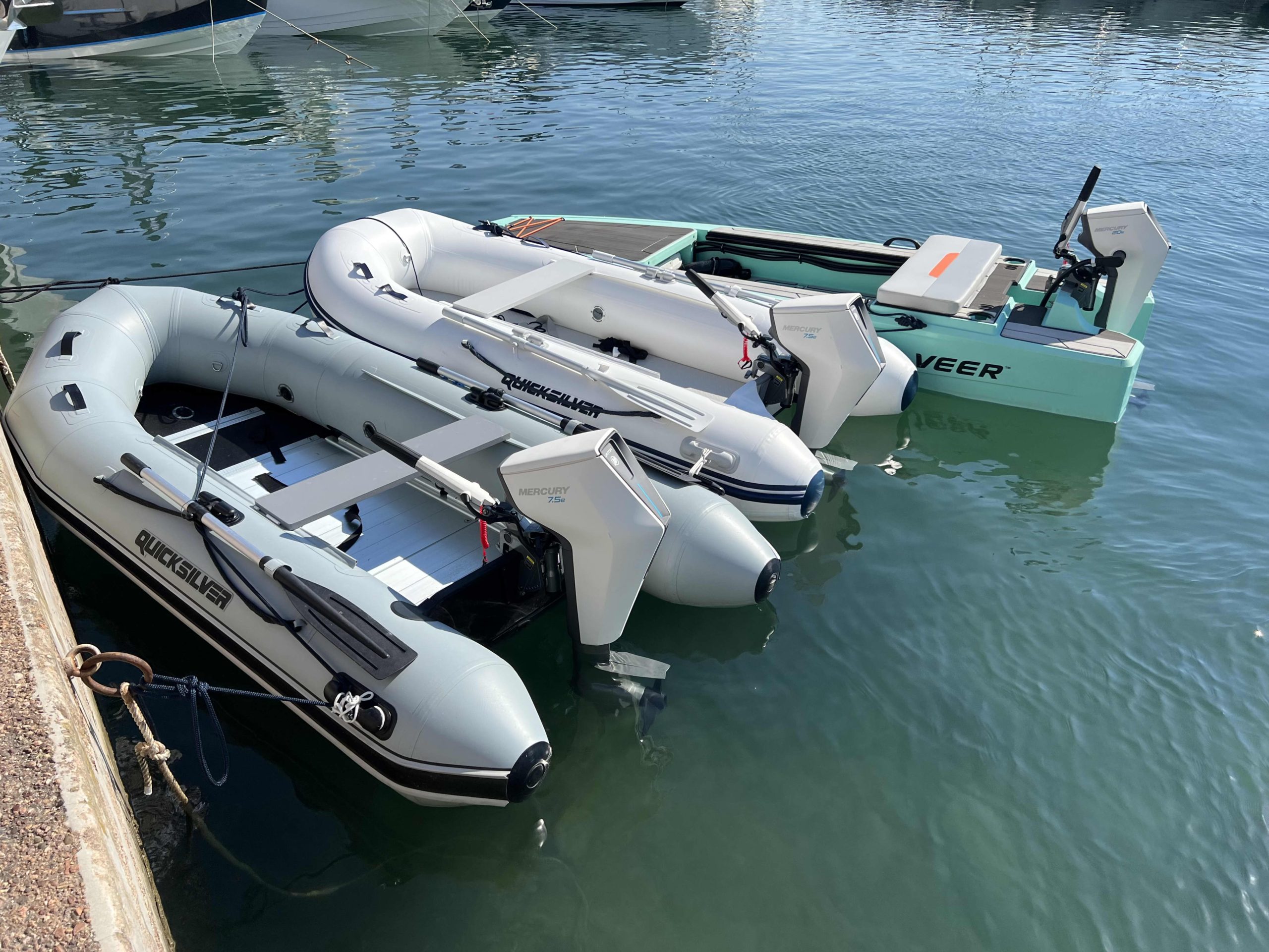
Brunswick Corporation photo
The development of electric boats paralleled that of cars, and both had initial heydays around the turn of the 20th century. Wealthy people bought electric launches that were elaborately furnished with velvet cushions and stained-glass windows. The boats were for slow cruising on relatively still bodies of water, such as lakes.
At the Chicago World’s Fair in 1893, 55 electric launches built by a company called Elco gave a million rides. Elco launched the Wenona in 1899; it was a 32-foot launch with five-horsepower power that quietly glided at seven miles per hour and could last eight hours on a charge. Wenona is still running on Lake George, and Elco is still in business making electric boat motors. The largest of its units produces the equivalent of 14 horsepower.
Battery advances have made larger electric boats practical. Norway’s MV Ampere ferry, with a one-megawatt battery, can carry 120 cars. Launched in 2022, the MS Medstraum is a zero-emission fast ferry that plies Norwegian waters. It reduces emissions by the equivalent of 30 operating diesel buses in a year.
With their large surface area, passenger boats can also host solar panels that increase electric cruising range. PlanetSolar, a catamaran yacht, circumnavigated the planet in 2012.
All this makes it seem that electric power for boats is imminent, but Tom Hesselink, executive director of the Electric Boat Association of America and a 30-year builder of EV craft in North Carolina, says that the industry is “very transitional right now. How fast it will transition is questionable. I don’t expect to see big changes in the U.S. industry anytime soon, though it’s moving much more rapidly in Europe—where there’s more environmental awareness.”
Hesselink adds that “there’s still a big power-to-weight advantage for gasoline. The motors are fine, but it’s the batteries that are the issue.” Foulkes echoes that sentiment. “Electric power is still not a solution for larger mainstream recreational boats,” he says.
 Copyright 2020, Dow Jones & Company, Inc. All Rights Reserved Worldwide. LEARN MORE
Copyright 2020, Dow Jones & Company, Inc. All Rights Reserved Worldwide. LEARN MORE
This stylish family home combines a classic palette and finishes with a flexible floorplan
Just 55 minutes from Sydney, make this your creative getaway located in the majestic Hawkesbury region.
Excluding the Covid-19 pandemic period, annual growth was the lowest since 1992
Australia’s commodity-rich economy recorded its weakest growth momentum since the early 1990s in the second quarter, as consumers and businesses continued to feel the impact of high interest rates, with little expectation of a reprieve from the Reserve Bank of Australia in the near term.
The economy grew 0.2% in the second quarter from the first, with annual growth running at 1.0%, the Australian Bureau of Statistics said Wednesday. The results were in line with market expectations.
It was the 11th consecutive quarter of growth, although the economy slowed sharply over the year to June 30, the ABS said.
Excluding the Covid-19 pandemic period, annual growth was the lowest since 1992, the year that included a gradual recovery from a recession in 1991.
The economy remained in a deep per capita recession, with gross domestic product per capita falling 0.4% from the previous quarter, a sixth consecutive quarterly fall, the ABS said.
A big area of weakness in the economy was household spending, which fell 0.2% from the first quarter, detracting 0.1 percentage point from GDP growth.
On a yearly basis, consumption growth came in at just 0.5% in the second quarter, well below the 1.1% figure the RBA had expected, and was broad-based.
The soft growth report comes as the RBA continues to warn that inflation remains stubbornly high, ruling out near-term interest-rate cuts.
RBA Gov. Michele Bullock said last month that near-term rate cuts aren’t being considered.
Money markets have priced in a cut at the end of this year, while most economists expect that the RBA will stand pat until early 2025.
Treasurer Jim Chalmers has warned this week that high interest rates are “smashing the economy.”
Still, with income tax cuts delivered at the start of July, there are some expectations that consumers will be in a better position to spend in the third quarter, reviving the economy to some degree.
“Output has now grown at 0.2% for three consecutive quarters now. That leaves little doubt that the economy is growing well below potential,” said Abhijit Surya, economist at Capital Economics.
“But if activity does continue to disappoint, the RBA could well cut interest rates sooner,” Surya added.
Government spending rose 1.4% over the quarter, due in part to strength in social-benefits programs for health services, the ABS said.
This stylish family home combines a classic palette and finishes with a flexible floorplan
Just 55 minutes from Sydney, make this your creative getaway located in the majestic Hawkesbury region.
















